The Cornish Times reported that over 2,000 feet of bunting was used to create a “never-to-be-forgotten scene” up through the Parade; handsome, colourful shields were placed upon lampposts and a crown adorning the Fountain provided the finishing touch.
“By the morning of the visit one could have eaten a meal from the streets along the Royal route, so clean were they,” the paper reported.
The cheers of the crowd reached a new peak when the Queen accepted an invitation from the mayor, Alderman A Snell, to sign a new visitors’ book, doing so with a white quill pen and declaring it an honour to be the first to sign.
A bouquet of Cornish wildflowers was presented to the royal visitor by the ten-year-old great niece of the mayor, Lynn Collings.
“Smilingly accepting a single bloom for his own lapel,” The Cornish Times reporter wrote, “the Duke fumbled about for a pin until the Queen pointed out the buttonhole in his raincoat.”
The royal couple made the time to stop and converse with many members of the public on their tour, among them Girl Guides and Rangers, Legionnaires, town and district councillors, and later on at Stoke Climsland, tenants of Duchy farms. All who met them praised the Queen and the Duke for their dignified informality and their readiness to chat in “such an ordinary manner”.
For one young sailor of just 16 years old, chosen from among his cohort to represent HMS Raleigh in a guard of honour in Liskeard, the day felt far from ordinary.
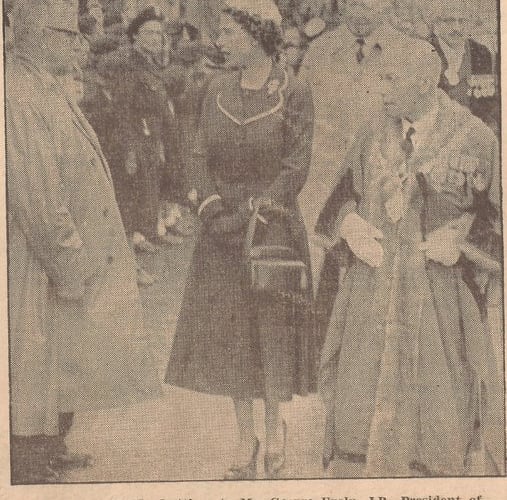
Such were Charlie Hayward’s nerves and his determination not to step a single millimetre out of place, he admits he barely registered the royal pair as they drove past – he says he’s sure he must have seen them!
The Royal Naval personnel provided one of the most impressive sights of the tour, said The Cornish Times, and as the magnificently turned-out guard of honour presented arms, it was the culmination of weeks of practice back on the parade ground at HMS Raleigh.
While Charles Hayward, now 81, has only a faint recollection of his glimpse of the Queen, he has a wealth of wonderful memories of his induction into naval life, a basic training which was in some ways very different to the experiences of today’s Raleigh recruits!
He says: “I was only 16 years old, and I joined the Navy in the February. The journey to Cornwall was the first time I had ever been very far outside London.
“There was a coating of snow on the train and all over the countryside as we travelled down. There were about six or eight of us from London. We got into a typical covered wagon at Plymouth station. I remember the clank, clank, of the chains on the Torpoint Ferry, I’d never come across that before.
“We were sworn in, about 20 of us, and most were juniors, although there was one who was 23 and was married with a child.
“We were given half a crown – our Queen’s Shilling – and that was us pledging to serve the crown, our new Queen. Most of us joined for five years and seven reserve, but they sweet-talked as many of us juniors as they could into changing it to 12 years’ continuous service.
“That was the start of me getting an education and a good income, enabling me to start a career and a family. It was a turning point for me.
“We were issued with RN Blue Liner cigarettes – awful! – or we could have had pipe tobacco or ‘tickler’ roll-up tobacco. In the middle of each dorm room was a shiny aluminium bowl – a spit kid. We never used to spit in it but traditionally men would chew tobacco and spit in the spittoon. The wooden huts we slept in would hold about 20 people. I used to swing from one end down to the other on the metal bar that held the roof up. We had to buff the floor with a heavy polisher, and we used Brasso and newspaper to clean the windows.
“When Easter came, we all went on leave. We were allowed to go on shore, we walked down to Whitsand Bay with our bathers, the water was freezing.
“At the top was a little shack, a café. The landlady gave us something to eat, it was the first time I’d had homemade blackcurrant jam on homebaked bread.
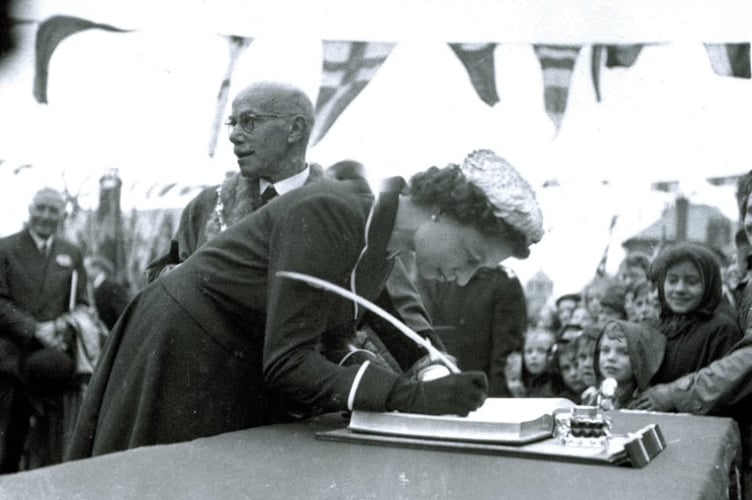
“There was also the first time I sailed on a yacht. We sailed out into Plymouth Sound. One of the mainsail clips came adrift, and I was tasked to shimmy up the mast to put it right.
“I looked down to shout that I’d done it and all I could see was the blue sea below me and the yacht to my right!
“Another time we sailed round to Cawsand Bay and beached the heavy boats – the instructor just wanted to go in the pub and have a drink. We slung hammocks to sleep in.
“When it was made known the new monarch was coming to visit Cornwall, they took some people from each class at HMS Raleigh, those who could march properly, to be the guard. I think they cherry-picked those who were the most reliable and presentable.
“When you’re at ease with a 303 rifle, it’s pushed away from you at an angle of 30 degrees.
“At attention, your left foot comes up and the rifle comes to your side, the bayonet comes just above your thumb and forefinger. One of the boys managed to slice the tip of his thumb on the bayonet of the person next door, he was pulled out.
“The weather wasn’t very nice for training, and on the day of the visit, we were issued with capes.
“We were bussed down there and there were crowds watching us, we lined the street as the cavalcade went past.
“You’re so scared at that age, you just look straight ahead. I was concentrating so much on not making a mistake, I don’t remember seeing the Queen.
“I didn’t really appreciate until much later how important it was. Later on when I put the photos in an album for my mum, I realised what a privilege it was to be picked for something like that.”
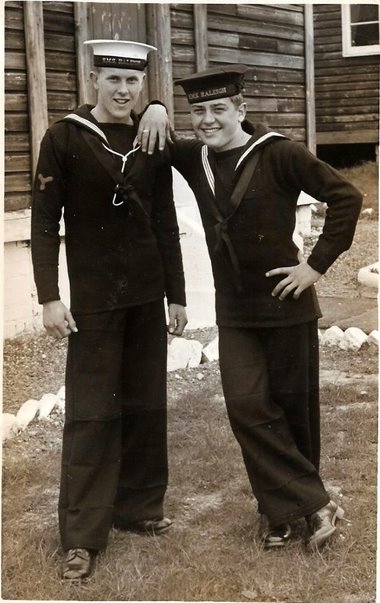
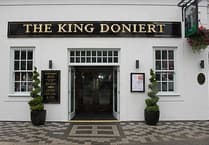
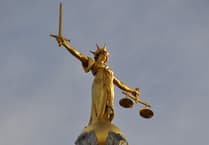
.png?width=209&height=140&crop=209:145,smart&quality=75)
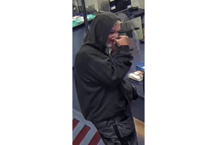
Comments
This article has no comments yet. Be the first to leave a comment.